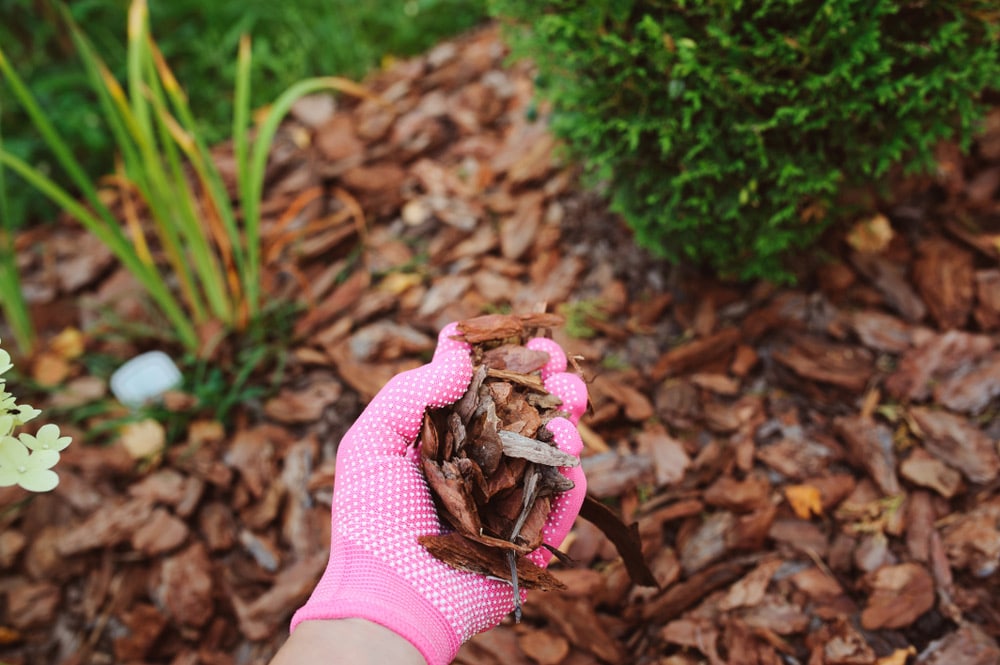Mulch plays a key role in keeping your garden healthy and looking neat. It helps the soil stay moist, keeps weeds under control, and can even improve the way your garden looks. But not all mulch is the same. Each type offers different benefits depending on your plants, soil, and overall garden setup. Choosing the right mulch can make your maintenance easier and support better plant growth over time. This blog post breaks down what you need to know, so you can make a choice that suits your garden’s needs from the ground up.

Before choosing mulch, consider what your garden needs most. Are you trying to suppress weeds, retain soil moisture, or add visual appeal to your landscape? Mulch can help you achieve all three goals, but different types serve different functions.
Mulch sourced locally offers sustainable and reliable coverage tailored to the needs of Central Coast gardeners.
The type of soil in your garden influences which mulch will perform best. Sandy soil drains quickly and benefits from moisture-retentive mulches like compost or straw. Clay soil, on the other hand, can become compacted and may need a mulch that encourages better airflow, such as bark or coarse wood chips.
Consider the plant types as well:
Understanding your soil’s drainage capacity and your plant selection helps ensure that your mulch supports healthy root development.
Climate plays a critical role in how mulch performs. Mulch can reduce soil temperature and limit water evaporation in hot, dry conditions. In contrast, areas with high rainfall need well-draining mulch to prevent rot and fungal growth.
Seasonal changes can also impact mulch effectiveness — consider topping up in spring and autumn to maximise performance year-round.
Mulch comes in two broad types: organic and inorganic. Each has its strengths and drawbacks, depending on your goals.
Organic Mulch
Inorganic Mulch
Mulch isn’t just functional—it can dramatically enhance the look of your garden. It defines garden beds, provides colour contrast against foliage, and creates a clean, structured layout.
Aesthetics matter just as much as practicality. Choose a mulch that complements your plants, pavers, and overall garden layout.
Mulch does more than just sit on top of soil; it actively changes how your garden interacts with water and nutrients.
By incorporating mulch into your regular garden maintenance, you’ll also reduce the frequency of irrigation and fertiliser applications, making your space more sustainable and cost-effective.
Applying the right amount of mulch is important for achieving its full benefits. Too little can expose your soil to weeds and moisture loss, while too much may suffocate plant roots and prevent water from penetrating properly.
To calculate how much mulch to buy, start by measuring the length and width of the area you want to cover. Then, decide how thick you want the mulch layer to be. A depth of about 5 to 7 centimetres is usually recommended for most garden beds.
Mulch is typically sold by the cubic metre, so once you’ve estimated your needs, it’s easy to order the right quantity. When in doubt, speak with your supplier to help gauge how much you’ll need for even coverage.
Even the most durable mulch requires upkeep. Over time, organic mulch decomposes, loses its volume, and may stop suppressing weeds or effectively retaining moisture.
Maintaining your mulch ensures it continues to serve its purpose — keeping your garden healthy, weed-free and attractive throughout the year.
Mulch is more than just a finishing touch — it’s a crucial component of any successful garden. At All Tree Solutions, we provide high-quality, locally sourced mulch designed to meet the diverse needs of Central Coast gardeners. Whether you’re focused on moisture retention, weed suppression or creating a beautiful outdoor space, we have the right solution.
Learn more about our mulch and firewood services on the Sunshine Coast. Give us a call or get in touch via our contact page to discuss your project and organise delivery.